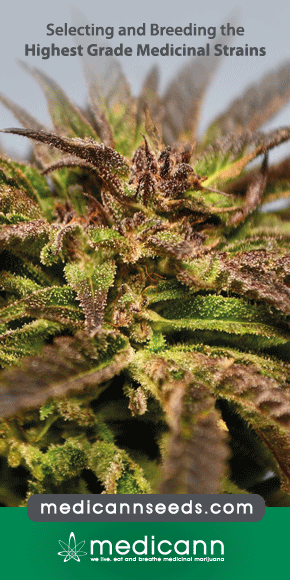Perioperative Patient Beliefs Regarding Potential Effectiveness of Marijuana (Cannabinoids) for Treatment of Pain: A Prospective Population Survey
Abstract
BACKGROUND AND OBJECTIVES:
Cannabinoids have an expanding presence in medicine. Peri operative patients’ perceptions of the effectiveness of these compounds, and acceptance if prescribed for pain, have not been previously described. Our primary objective was to describe patients’ beliefs regarding the potential effectiveness of cannabinoids for the treatment of acute and chronic pain, as well as gauge patient acceptance of these compounds if prescribed by a physician. In addition, demographic and pain history data were collected to elucidate the predictors of the aforementioned patient attitudes. Secondarily, we sought to characterize the subgroup of patients who reported marijuana use. Predictors of marijuana use, effectiveness, and adverse effects were also reported for this subgroup.
METHODS:
An anonymous questionnaire was administered to 501 patients in the preoperative registration area at Mount Sinai Hospital, New York, New York. The questionnaire was designed to collect data on patient demographics, presence of pain, pain severity, use of pain medication, history of illicit-drug use, tobacco use, cannabis use, patient beliefs about the potential effectiveness of marijuana for acute and chronic pain and their willingness to use cannabis for pain, if prescribed by a physician. Normality of distributions for continuous variables was assessed with skewness and kurtosis measures. A logistic regression model was used to assess the demographic and medicalcharacteristics of marijuana users compared with nonusers. The effectiveness of marijuana in dealing with pain and adverse effects associated with its use were examined using exploratory principal component analysis.
RESULTS:
More than 80% of this cohort of preoperative patients believed that marijuana could be at least somewhat effective for the treatment of pain after surgery and would be willing to use cannabinoid compounds if prescribed by their physician. Predictors of positive attitudes toward marijuana included history of marijuana use, pain history, and being a marijuana nonuser of white race. Approximately 27% of the respondents reported a history of marijuana use. Younger patients, those with higher levels of pain in the last 24 hours, and those who found standard therapies to be less effective for their pain were more likely to use marijuana.
CONCLUSIONS:
Patients generally believe that marijuana could be at least somewhat effective for the management of pain and are willing to use cannabinoid compounds for this indication, if prescribed by a physician.
Copyright © 2017 The Authors. Published by Elsevier B.V. All rights reserved.
PMID: 28796754 DOI: 10.1097/AAP.0000000000000654



